How to Report a Cloned Credit Card: A Step-by-Step Guide
Clone Cards for Sale. Credit card fraud is a major concern in today’s digital world, and card cloning is one of the most prevalent types of fraud. When your credit card is cloned, criminals can use the cloned card to make unauthorized transactions, which can result in significant financial loss. However, the good news is that you can take action to report a cloned credit card and limit any damage. In this detailed guide, we’ll walk you through the process of reporting a cloned credit card to your bank, credit card issuer, and other authorities, as well as steps to protect yourself from future fraud.
What Is Credit Card Cloning?
Credit card cloning is the process of copying the data from a legitimate credit card, such as the card number, expiration date, and security code (CVV), and transferring that information onto a counterfeit card. Fraudsters usually employ a device called a skimmer to collect this information when a card is swiped at an ATM or point-of-sale terminal. Once cloned, the card can be used for unauthorized purchases or cash withdrawals.
Cloned cards are often difficult to detect because they appear to be valid, and the fraudulent transactions may not show up until later. As soon as you suspect that your credit card has been cloned, it’s crucial to report it immediately to prevent further misuse.
Steps to Report a Cloned Credit Card
1. Contact Your Bank or Card Issuer Immediately
The very first step you should take when you suspect that your card has been cloned is to contact your bank or credit card issuer immediately. Most financial institutions have dedicated fraud departments that operate 24/7 to help cardholders resolve fraudulent activities. You can usually find the phone number on the back of your card or on your bank’s website.
Here’s what you need to do:
- Call your bank’s fraud department to report the cloned card and inform them about any unauthorized transactions you’ve noticed.
- Provide detailed information about the suspicious activity, including the date, time, amount, and merchant where the fraudulent charges occurred. If possible, provide transaction numbers or account information.
- Request a temporary freeze on your account to prevent further unauthorized use of your card.
Many banks and credit card issuers have policies like zero liability protection, which means you won’t be held responsible for fraudulent transactions if reported promptly.
2. Dispute Unauthorized Transactions
Once you’ve notified your bank or card issuer about the cloned card, the next step is to dispute any unauthorized transactions made with your card. Most financial institutions will allow you to dispute fraudulent charges either online or over the phone.
You will likely need to:
- Review your statements and identify all fraudulent transactions that were made without your consent.
- Provide supporting evidence, such as copies of your card transactions or a written statement of the fraud.
- Fill out any necessary forms that your bank or credit card company may require to complete the dispute process.
In most cases, your financial institution will investigate the fraudulent charges and issue a refund once the dispute is resolved. However, it’s important to follow up regularly to ensure the dispute is being processed.
3. Request a Replacement Card and Change Your PIN
Your bank will most likely cancel the cloned card and issue a new card with a different number, expiration date, and CVV to prevent further misuse. Requesting a replacement card is one of the most important steps in mitigating the risks associated with cloned credit cards.
While you’re at it, it’s also a good idea to:
- Change your PIN (Personal Identification Number) if your card was used at an ATM or for in-person purchases. This will help prevent further access to your account.
- Update your automatic payments or subscriptions linked to the old card. Make sure to provide the new card details to merchants who charge your card for recurring payments (like subscriptions or bills).
4. Monitor Your Accounts Regularly
After your card has been replaced and unauthorized transactions have been disputed, you should continue to monitor your account regularly to ensure no further fraudulent activity occurs. Many financial institutions offer tools for real-time transaction monitoring, such as mobile alerts or transaction notifications via email or SMS.
Be on the lookout for any suspicious charges, even after your card has been replaced, as it’s possible for criminals to try using the cloned information again, or even engage in new fraudulent activities.
5. File a Police Report (If Necessary)
If the cloned card was used for significant fraudulent purchases or the amount of the theft is large, it might be a good idea to file a police report. Filing a police report may not always be necessary for smaller fraudulent amounts, but it can be useful if the fraud is part of a more extensive scheme or if the fraud involved larger sums of money.
A police report may also help your bank or credit card issuer process the fraud claim and investigate the crime further. Additionally, if your identity has been compromised, the police report may serve as documentation that can be used for credit monitoring or insurance purposes.
6. Check Your Credit Report
Cloning your credit card often involves obtaining your personal information and using it for unauthorized purchases. As such, cloned card fraud could be an indicator of broader identity theft. To safeguard against further damage, you should check your credit report to ensure no other fraudulent accounts or activities have been committed in your name.
You can request a free credit report from all three major credit bureaus—Equifax, Experian, and TransUnion—once a year through AnnualCreditReport.com. If you notice any unfamiliar accounts or suspicious activity, immediately file a fraud alert or credit freeze with the credit bureaus to prevent further misuse.
7. Consider Identity Theft Protection Services
After experiencing credit card cloning, it might be wise to invest in identity theft protection services. These services can help you monitor your personal and financial information more closely. They provide features like credit monitoring, alerting you to any suspicious changes in your credit report, and offering recovery assistance if you become a victim of identity theft.
Many financial institutions also offer identity theft protection as part of their credit card or bank account services.
Preventing Future Card Cloning
While reporting a cloned card is crucial, it’s also important to take steps to prevent future fraud. Here are a few tips to reduce the chances of your card being cloned again:
- Be cautious when using ATMs or point-of-sale terminals. Look for any suspicious attachments or tampering on card readers, which could be signs of skimming devices.
- Avoid sharing your credit card information with untrusted parties or on unsecured websites.
- Use virtual cards for online transactions. Virtual credit cards are one-time use numbers that can prevent fraudsters from accessing your main card details.
- Enable alerts on your accounts for every purchase or transaction made, so you can quickly spot any unauthorized charges.
- Use strong passwords and multi-factor authentication for online banking and shopping platforms.

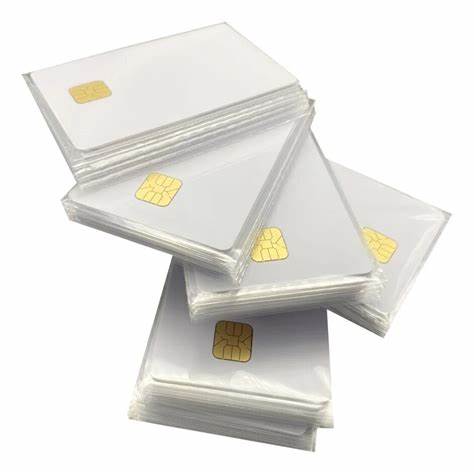
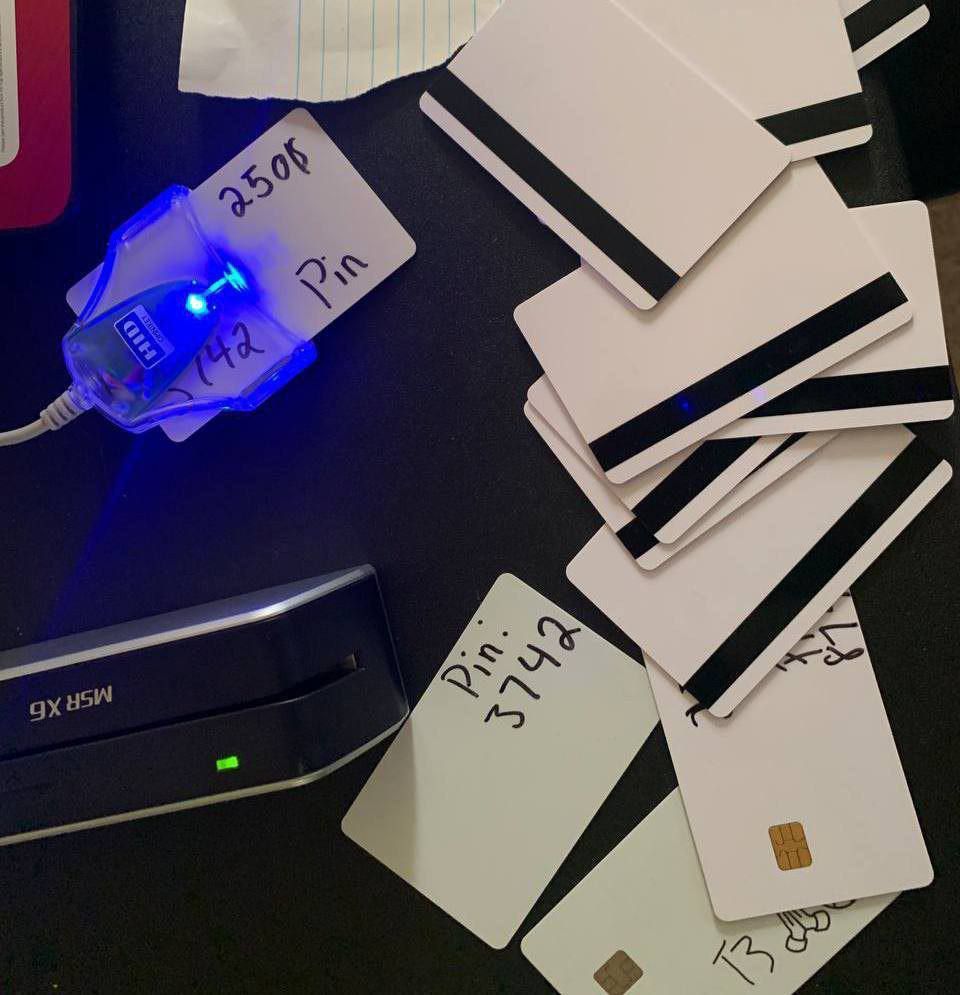
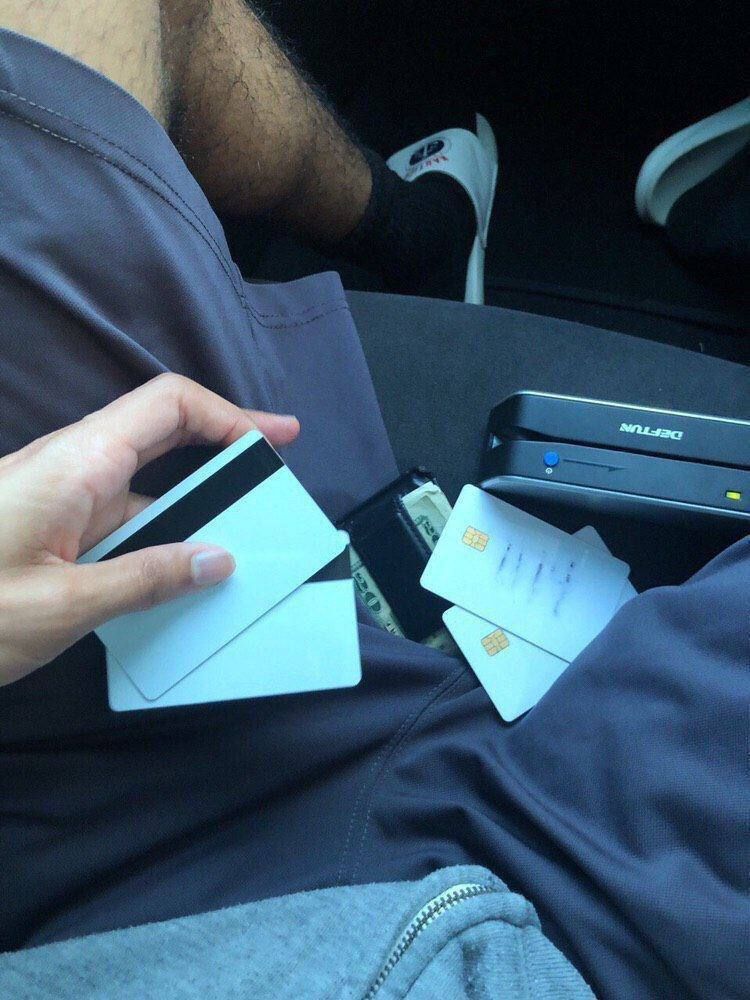
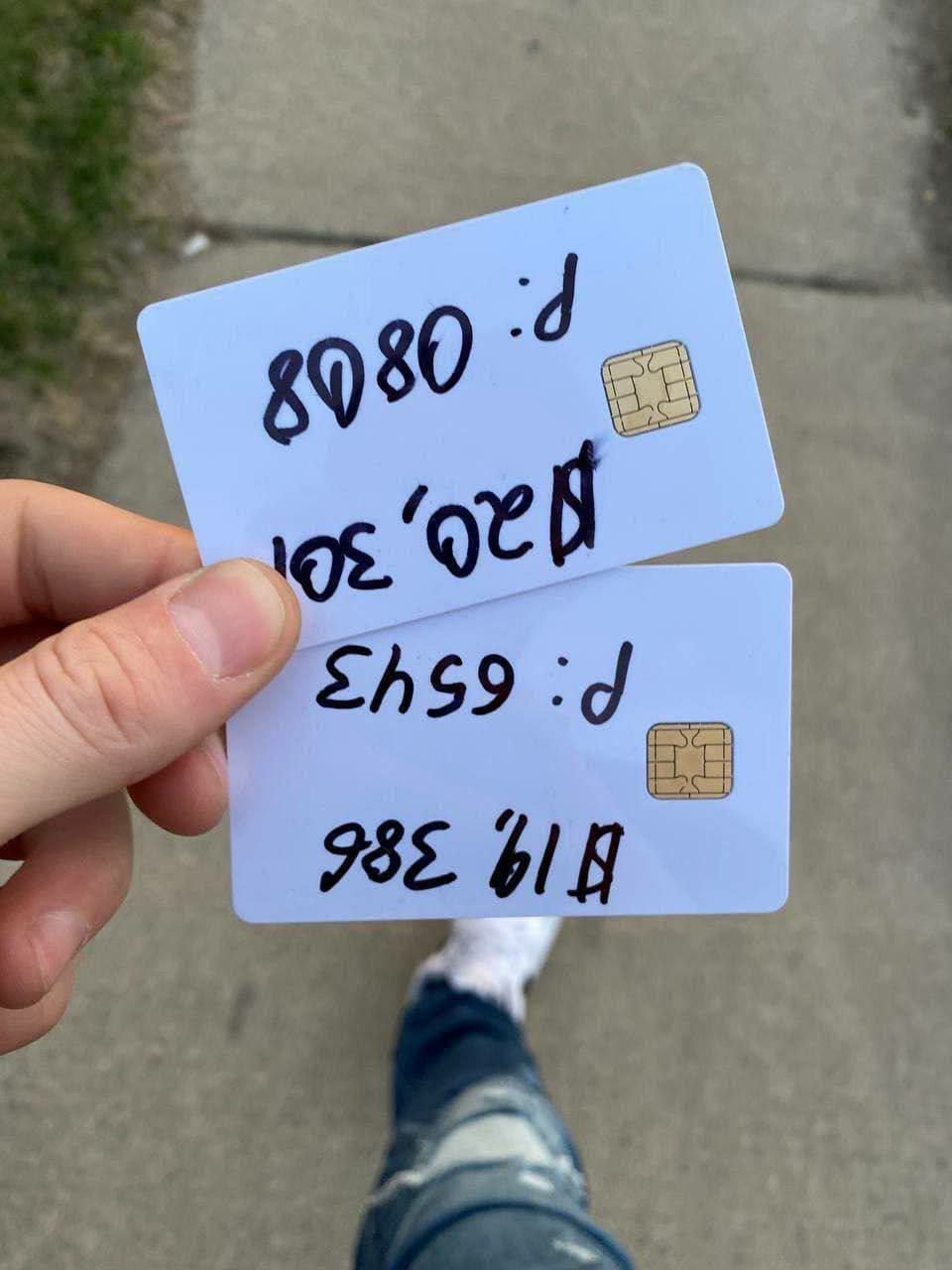









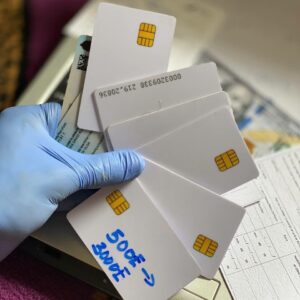
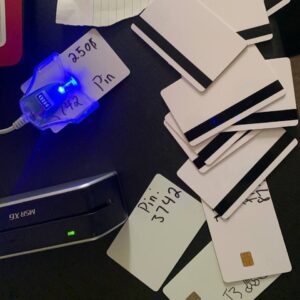
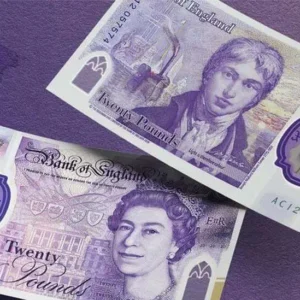

Reviews
There are no reviews yet.